Discover the wonderful countryside of Bodrogkeresztúr
Filter for services
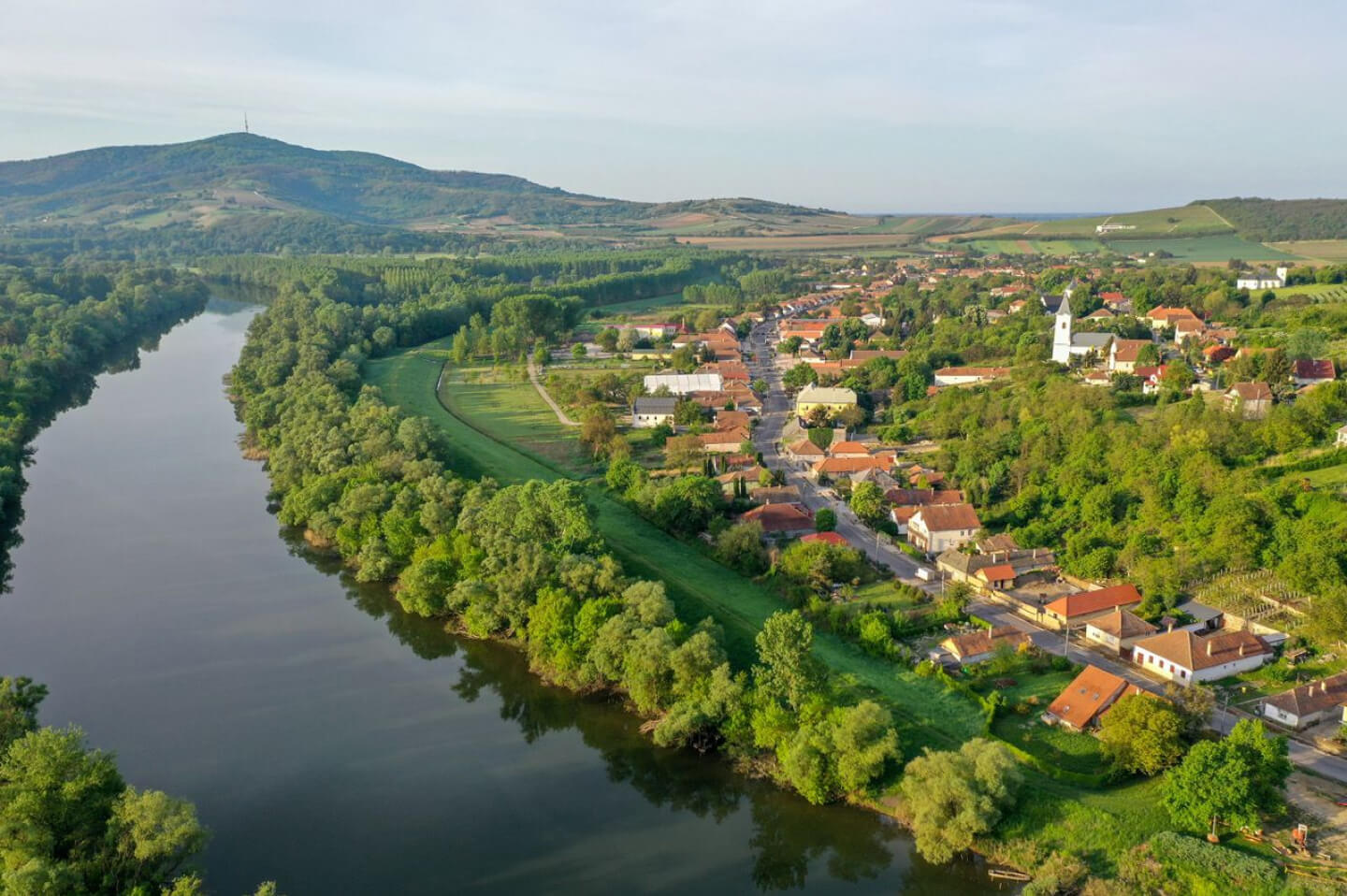


-
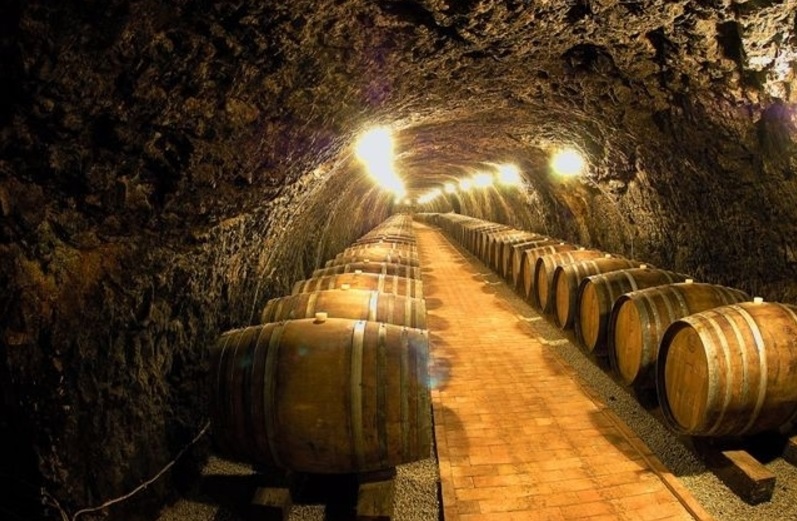 Dereszla Wine Cellar
The Dereszla Wine Cellar, one of the oldests in Bodrogkeresztúr, was formerly used to store the tithes provided in wine.
Dereszla Wine Cellar
The Dereszla Wine Cellar, one of the oldests in Bodrogkeresztúr, was formerly used to store the tithes provided in wine.
View location
-
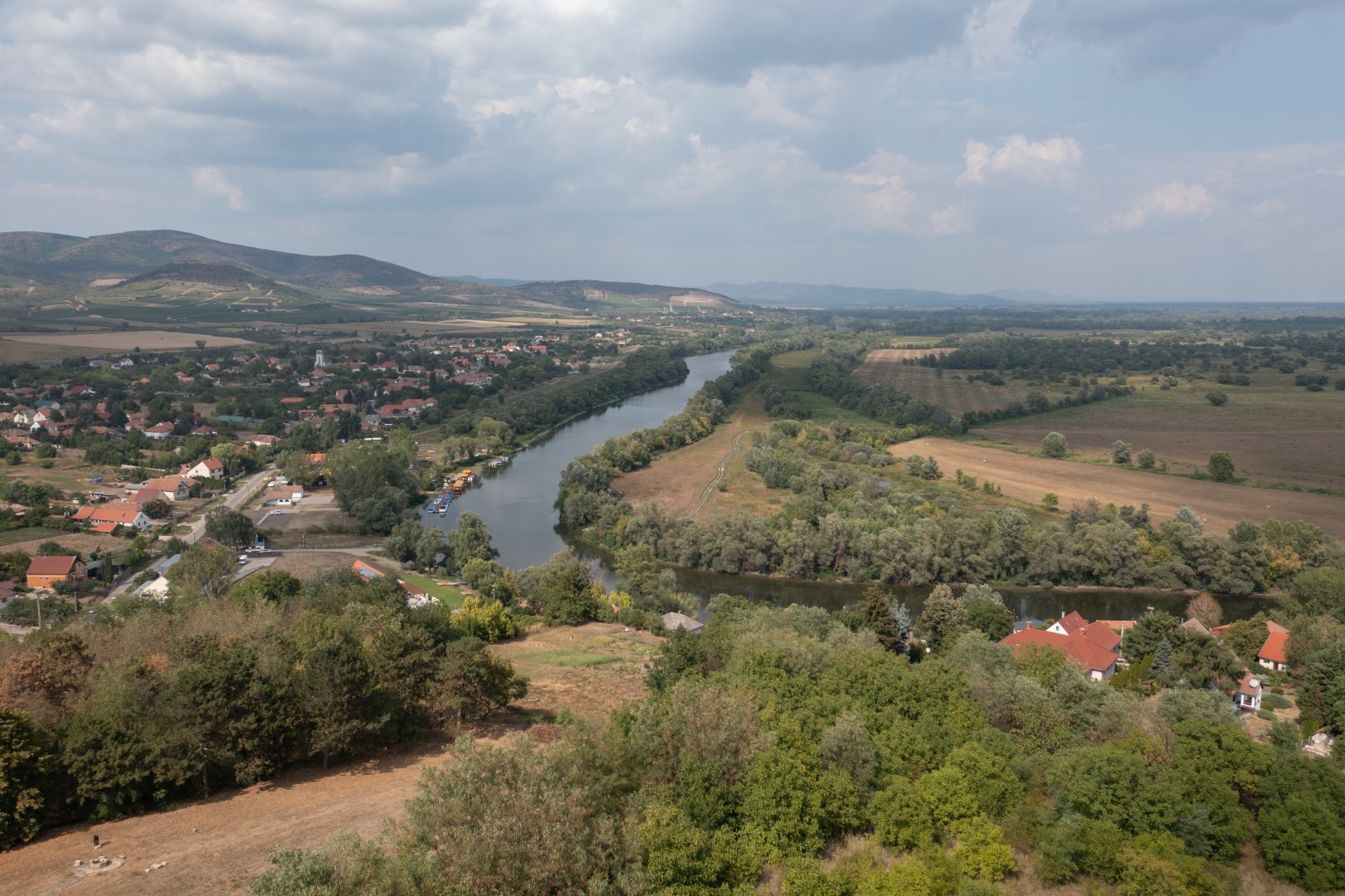 Dereszla hill
According to tradition, the hill got its name from the fact that once upon a time, disobedient serfs were hauled to the ground on this hill.
Dereszla hill
According to tradition, the hill got its name from the fact that once upon a time, disobedient serfs were hauled to the ground on this hill.
View location
-
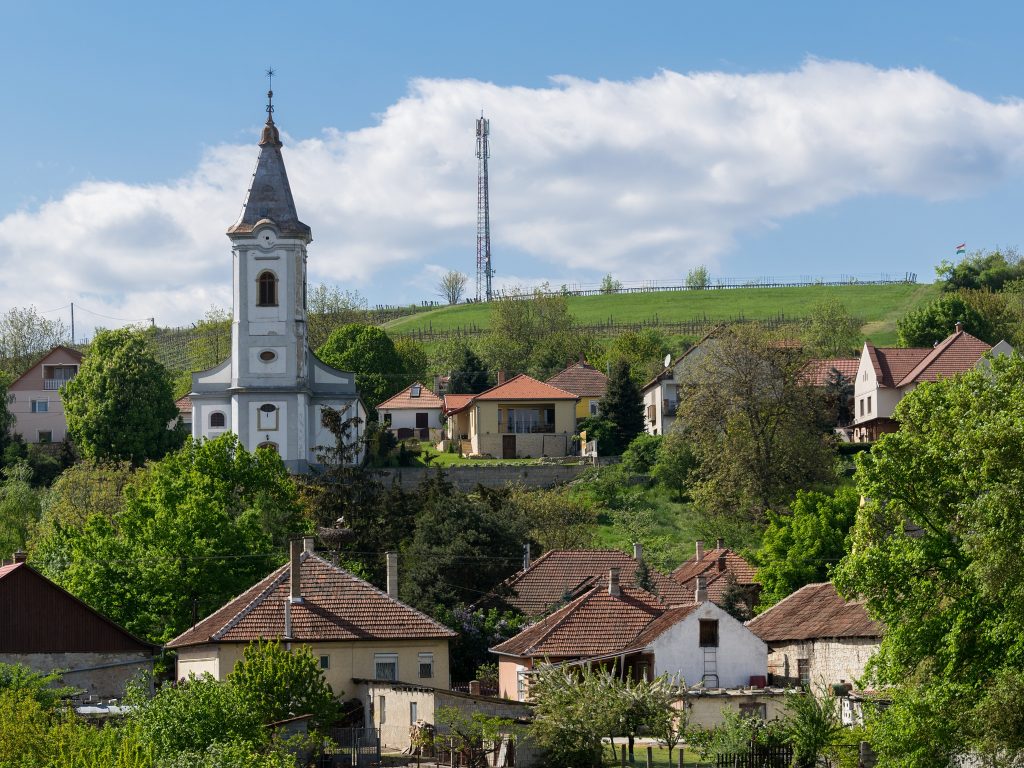 The Calvinist Church
The church has been serving the Reformed faithful since the late 18th century. For decades, the building's nave has been the summer roost of two protected bat species. More than 2,000 bone-eared and big horseshoe bats find refuge here during the summer months.
The Calvinist Church
The church has been serving the Reformed faithful since the late 18th century. For decades, the building's nave has been the summer roost of two protected bat species. More than 2,000 bone-eared and big horseshoe bats find refuge here during the summer months.
View location
-
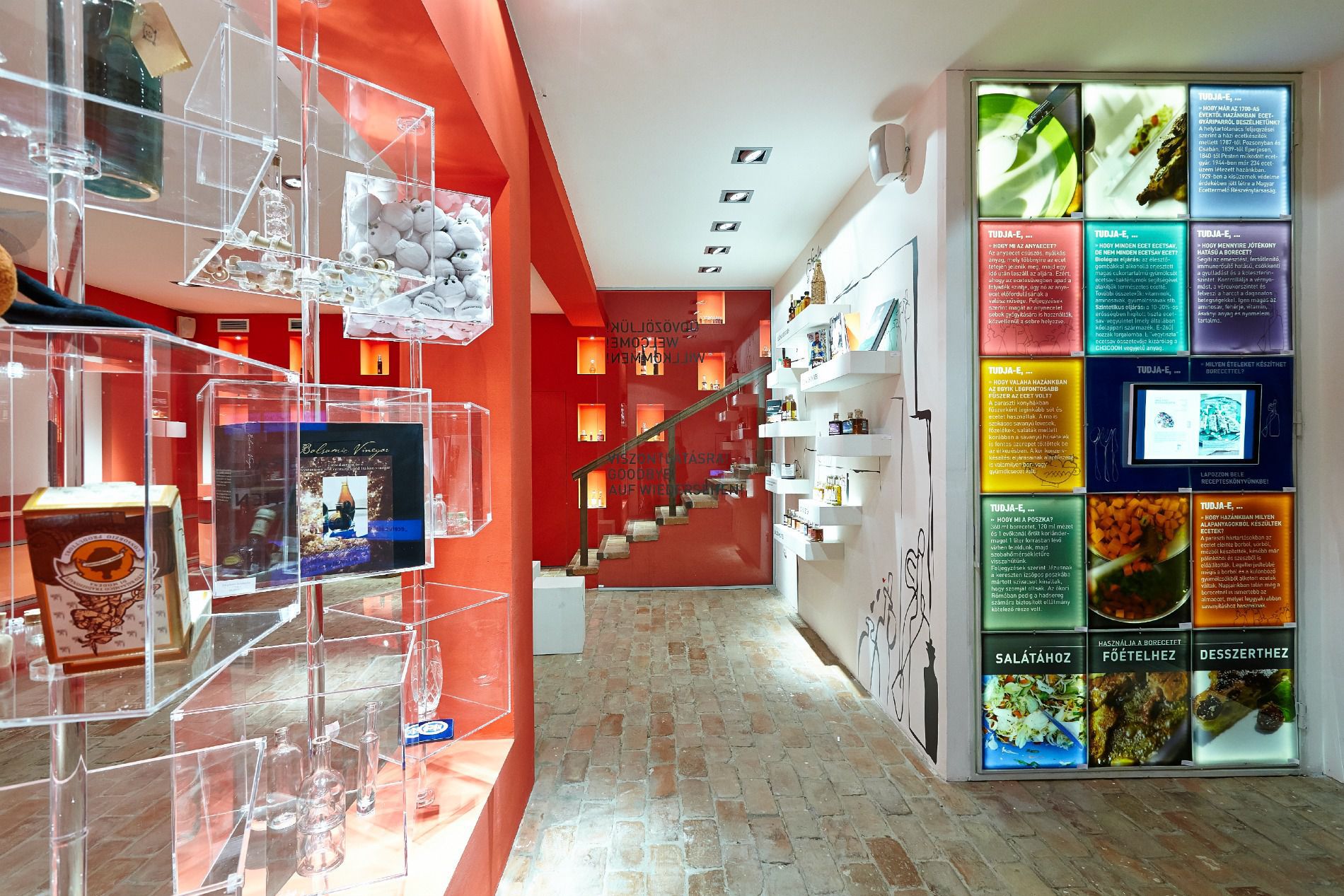 The Acetania Vinegar Museum
Acetania is the brainchild of members of the Wine and Fruit Vinegar Producers Association, who want to challenge the stereotypes surrounding vinegar and show how much more flavour this acidic juice has to offer.
The Acetania Vinegar Museum
Acetania is the brainchild of members of the Wine and Fruit Vinegar Producers Association, who want to challenge the stereotypes surrounding vinegar and show how much more flavour this acidic juice has to offer.
View location
-
 Greek Catholic Church
Built in 1782, this magnificent church has an altarpiece that is a copy of the icon of Máriapócs.
Greek Catholic Church
Built in 1782, this magnificent church has an altarpiece that is a copy of the icon of Máriapócs.
View location
-
 The viewpoint
If you walk up to the lookout point above the village, you will not only enjoy an unparalleled view, but also get a sense of the mystique that the people of the area have had for centuries.
The viewpoint
If you walk up to the lookout point above the village, you will not only enjoy an unparalleled view, but also get a sense of the mystique that the people of the area have had for centuries.
View location
-
 Roman Catholic Church
The Roman Catholic Church of the Exaltation of the Holy Cross in Bodrogkeresztúr, the oldest building in Bodrogkeresztúr, is 800 years old and hides in the shade of huge trees.
Roman Catholic Church
The Roman Catholic Church of the Exaltation of the Holy Cross in Bodrogkeresztúr, the oldest building in Bodrogkeresztúr, is 800 years old and hides in the shade of huge trees.
View location
-
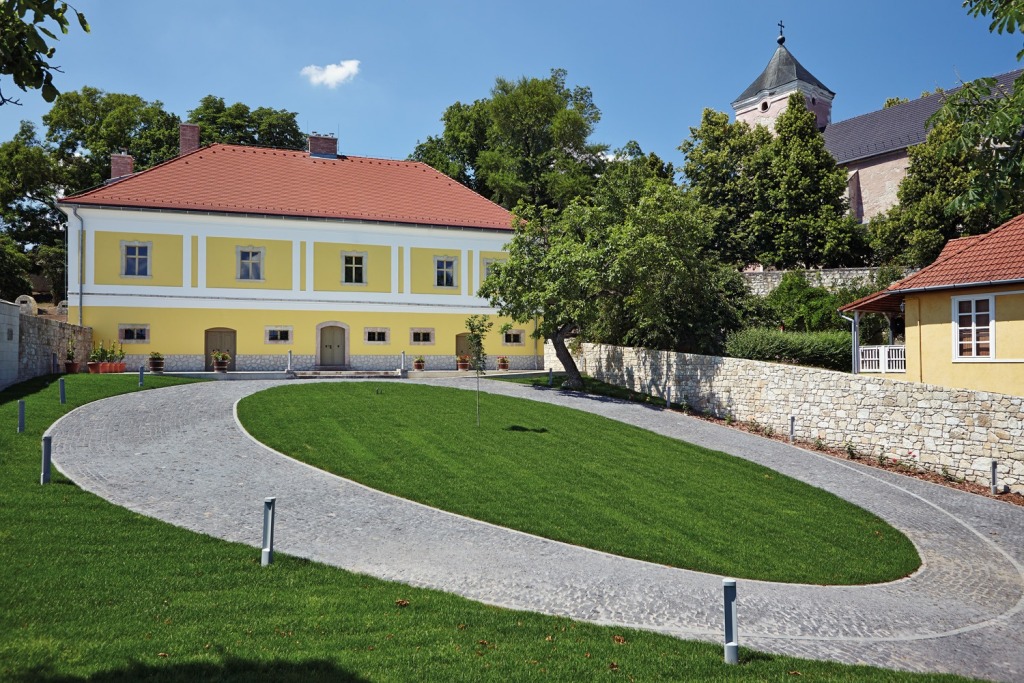 The Füleky Mansion
The 18th century Baroque mansion meets the contemporary Press House.
The Füleky Mansion
The 18th century Baroque mansion meets the contemporary Press House.
View location
-
 The Máriássy Mansion
In the first half of the 19th century the mansion was the property of Countess György Erdődy née Mária Aspremont, Countess Marie Wolkenstein (daughter of Julia Rákóczi) and the canon of Eger, Gábor Máriássy, who spent his time here with his guests mainly during the harvest season.
The Máriássy Mansion
In the first half of the 19th century the mansion was the property of Countess György Erdődy née Mária Aspremont, Countess Marie Wolkenstein (daughter of Julia Rákóczi) and the canon of Eger, Gábor Máriássy, who spent his time here with his guests mainly during the harvest season.
View location
-
 School building
The present school building was once a noble mansion, and tradition has it that József Eötvös wrote the excerpts of his first novel, Karthauzi, published in 1841-42, in this building. After Eötvös became Minister of Culture in the first independent ministry in 1848, he also took refuge here after the fall of the War of Independence.
School building
The present school building was once a noble mansion, and tradition has it that József Eötvös wrote the excerpts of his first novel, Karthauzi, published in 1841-42, in this building. After Eötvös became Minister of Culture in the first independent ministry in 1848, he also took refuge here after the fall of the War of Independence.
View location
-
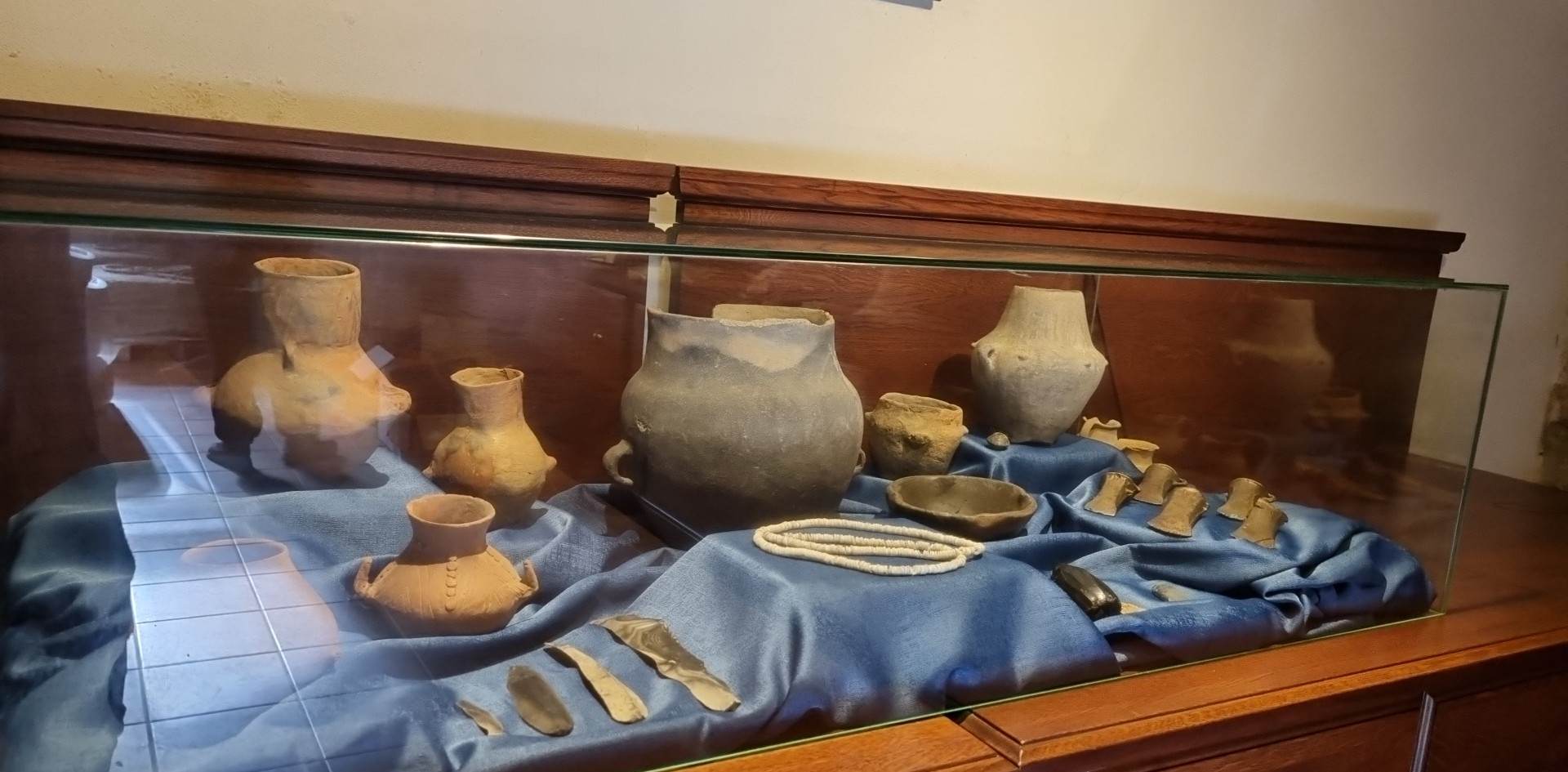 The Treasure Trove of Keresztúr
Museum created by the reconstruction of the cellar system under the village hall.
The Treasure Trove of Keresztúr
Museum created by the reconstruction of the cellar system under the village hall.
View location
-
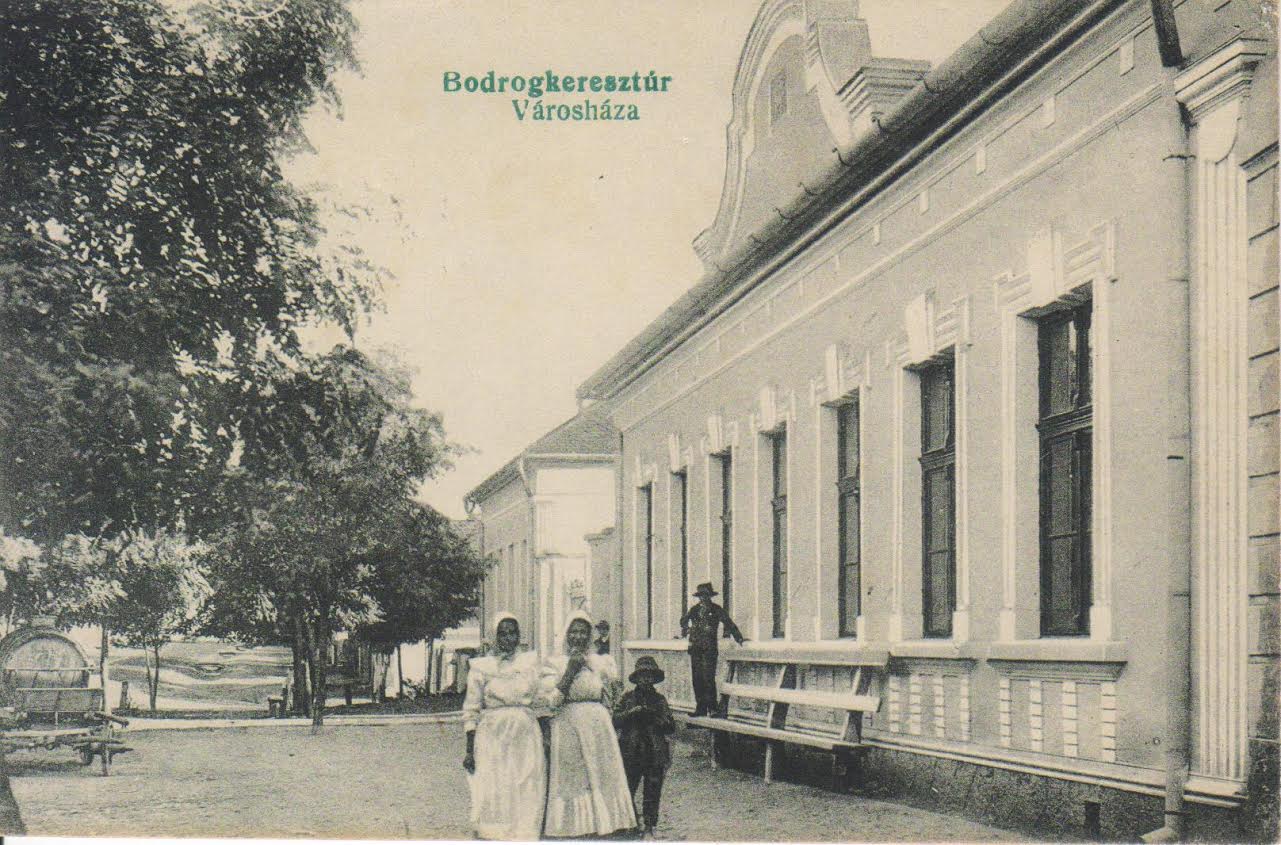 Village Hall
The current Village Hall used to be the property of the Hohenlohe princes that was purchased by the municipal management in 1929.
Village Hall
The current Village Hall used to be the property of the Hohenlohe princes that was purchased by the municipal management in 1929.
View location
















